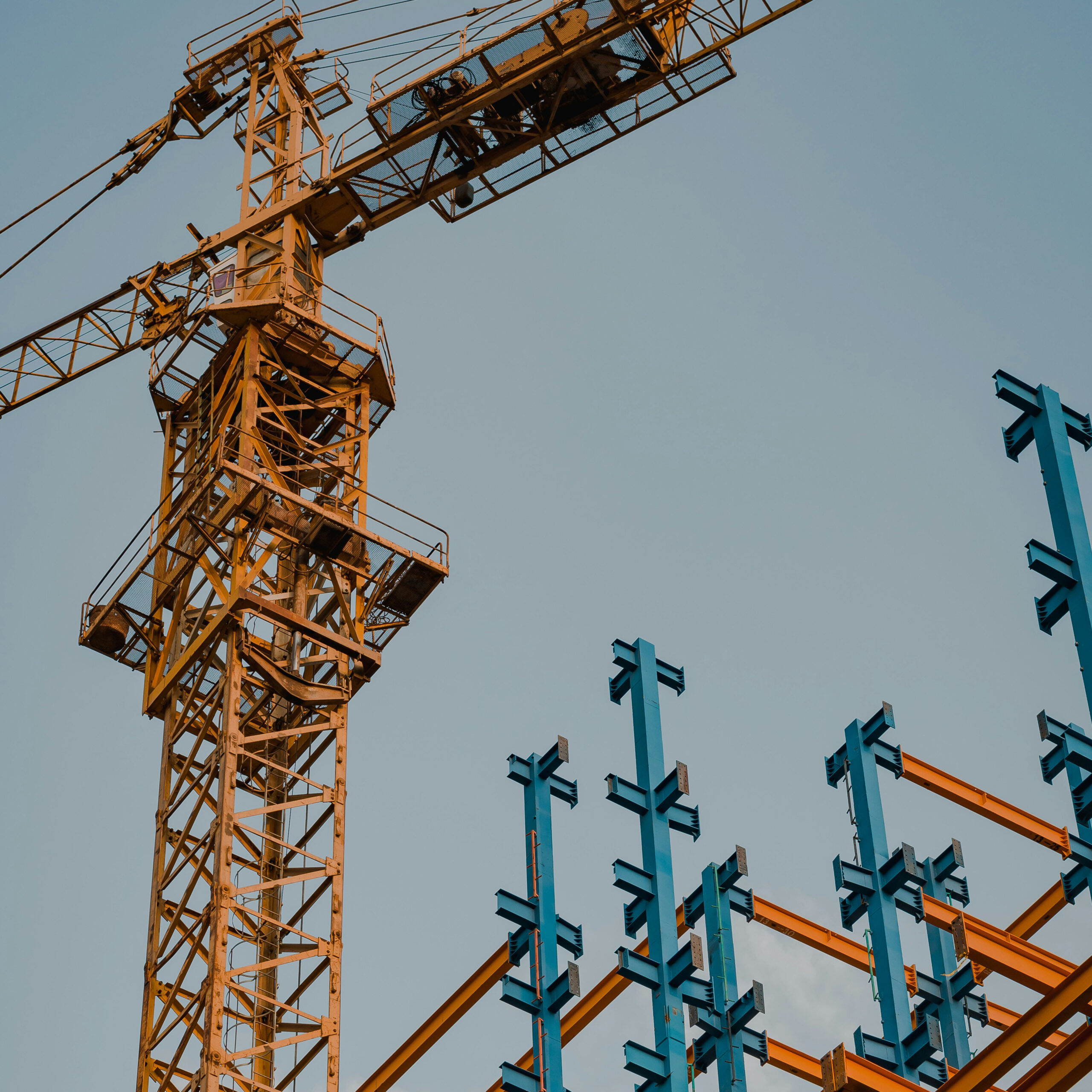I am a property developer. Quite often that’s not an easy thing to admit. Over the last nine tumultuous years, it’s been either a reason to jump off a ledge, an opportunity to collect a medal as the first out of the post-recession blocks or, more recently, a ticket to hell as the devil denying the poorest in our society the basics of a roof over their heads.
It doesn’t sit that easy with me saying I’m a property developer and so what I like to tell people is that I’m not a property developer. This is because there is not that much in the traditional world of being one with which I Identify. I think the mainstream property industry is dull, greedy, self absorbed, utterly disconnected from those it is supposed to serve and, above all, spectacularly lazy. And worst of all, it’s all those things on purpose.
What we property developers forget is why we are here in the first place – to build places for people. Places for us to live in, work in, play in, get better from being sick in, educate our children in and ultimately to end our days in. All of these things happen in or around buildings. We need to think again.
I had a good teacher. Through the late 1980s and early 1990s I worked for Anita Roddick who created The Body Shop in the late 1970s and built it up to be one of the most famous and trailblazing businesses in the world. She wrote an autobiography in the mid 1990s called Body and Soul. The first line of the book is ‘I hate the Beauty business.’ But that, of course was the business she was in. She didn’t really hate it. She just hated the way it was done by most people. She saw another way, a way that connected with people. A way that offered women, predominantly, a way of looking at themselves that did not make them feel inadequate or ugly, but made them feel valued and healthy. And then she sourced the ingredients she used to make her products from communities in developing countries. And she chose not to lie to her customers in her marketing campaigns.
It worked. Not only did she create a company that inspired her and her staff but it also inspired her customers and they came to buy. In their millions. She knew in her soul that she wanted to make people feel happy, and fulfilled and interested, and engaged. And if she did that she knew that she could happily engage with them in an honest commercial arrangement to buy products and services. Happy people, she knew, have deep pockets. She felt no shame in thinking that. For her it was good business. Good and business.
So, this is how I push my way through life, working in property development not just to be able to put one brick on top of one another with some glass and steel in between, but to make a difference. I’m far more interested in thinking about how people will live, work and play in the places I build than the materials the window frames are built from because it’s the right thing to do and it’s the smart thing to do.
I believe that unless we in our industry all start thinking like this, stop being dull and start inspiring people, we are never going to be able to lift ourselves out of the ‘just making do’ that is the kiss of death for the people we are here to serve.
After The Body Shop, I spent 7 years working for a very clever man who owns The Old Truman Brewery in Brick Lane at a time when East London, centered around the Truman Brewery, was really making a name for itself on the cultural map of London, drawing people from afar. This is where I got my feet wet in property development and I’ve spent the last 17 years working closely with Richard Upton at Cathedral (now U+I) – one of the most inspiring property developers in the business.
Those are not just interesting companies run by inspiring people. They are companies that have at their heart a mission to change the world a little bit. To understand the motivations, hopes and dreams of their customers, the problems in the wider world and how someone in the middle can bring those two things together to make a difference. In the property industry we often get it so wrong.
Smithfield in London has a heritage stretching back 1,000 years, when its livestock fields (the smooth fields that gave it its name) formed the beating heart of an emerging city. In Medieval times, it was a centre of public execution, royal jousting and cattle butchery – a true civic nucleus. In the 1860s when the fields, cluttered with disease-ridden carcasses and stinking excrement, had all got a bit much for Victorian London, architect Sir Horace Jones was asked to design a set of fine Victorian buildings which still stand today.
In 2013, developers Henderson Global Investors were granted a planning consent by the Corporation of London to tear down many of Jones’s buildings and replace them with a great swathe of glass and steel office boxes. It was presented as the best way to bring these buildings back into use. A “realistic” long-term proposal.
How can that be right? There must have been times over that 1,000-year history when the market was under threat. Common sense prevailed then. So what would give us the right to mess with it now?
And so, with my colleagues at Cathedral Group, I joined a group of right thinking people to say no. We developed an alternative scheme that put the whole community at its heart and fought the developers at a planning inquiry. We won. Now, three years on, The Museum of London has announced plans to move there – an architect has been selected through an international competition – and there are plans to create a new scheme that maintains Smithfield’s historic place in London for the 44 million people who will use the newly re-developed Farringdon station nearby every year. A considered, reviewed, researched and human led approach to development really could be a commercial, social and financial success.
Across our country we have town centres in similar distress, industrial development has juddered to a complete halt and house building is a trickle of what it needs to be. There are plenty of cranes over central London building sites, but that alone isn’t going to save us. Unless private sector developers and their architects, local authorities and central government all work together to create schemes that regenerate town centres, create economic and social growth and provide new public services, then we might as well just give up and say it’s all over in looking to create improved and inclusive built environments. We have to leverage the very best joined-up thinking, bring in new ideas, companies and technologies that can help us deliver high value schemes, probably on public land, that are mixed-use, provide public facilities from the profits of private speculative development and create the great private and social housing that we need. It is the combination of clever financial and planning strategies and great design that will make these schemes possible. What is needed now is for all us involved in the property development sector to get round a table, understand each other and the economic need and work together to create a common language that helps produce something special for the very people we are there to serve.
We need to be agents of social and economic change, talking about people and economics and jobs and social problems and children and shopping and eating and sleeping. We have to ask ourselves how the places we create are going to be economically and socially sustainable for the people who live in them? And if we start with that question then, and only then, are we going to find the right answer. We simply cannot just design some lovely buildings, make a nice glossy brochure and beat back the crowds who come running. We have to be innovative, clever, think about what our buildings need to be in order to make places work. And then, often, we have to start it ourselves.
At The Old Vinyl Factory in Hayes in West London, U+I are refurbishing EMI’s old record pressing plant. 17 acres in the middle of a town with a great deal of problems – many caused by the business shutting down in the early 1980s. U+I’s single promise to Hillingdon Council along with their planning application was to bring the 4,000 jobs back to that site that were lost when it closed. That was the brief they gave their professional team – to create a new, sustainable 24-hour mixed-use community of living, working and leisure, one that would create the kind of social and economic sustainability the town so badly needed. They put their money where their mouth is, starting the development process by opening a turbo-charged manufacturing business start-up support facility with an investment fund attached to it – a kick start to the development process that gave a clear signal of intent to potential tenants and partners.
And so this is what it’s really all about. Giving a damn. The problem, though, is that property development has always had it easy. It’s never been that hard to make a profit being a developer, so there hasn’t ever been an impetus to do anything differently. If we want to get somewhere and make a real change, then we have to think again. We have to stop and ask ourselves what really matters. The rush to solve the housing crisis in our cities is a ticking time bomb – we are in danger of building the kind of soulless places for the 21st Century that we built in the mid 20th Century and seem not to have learned from. We need to take a breath, remember what we’re really here to do and use our clever brains to make great places and great profits all at the same time. It’s not rocket science. It really isn’t.

